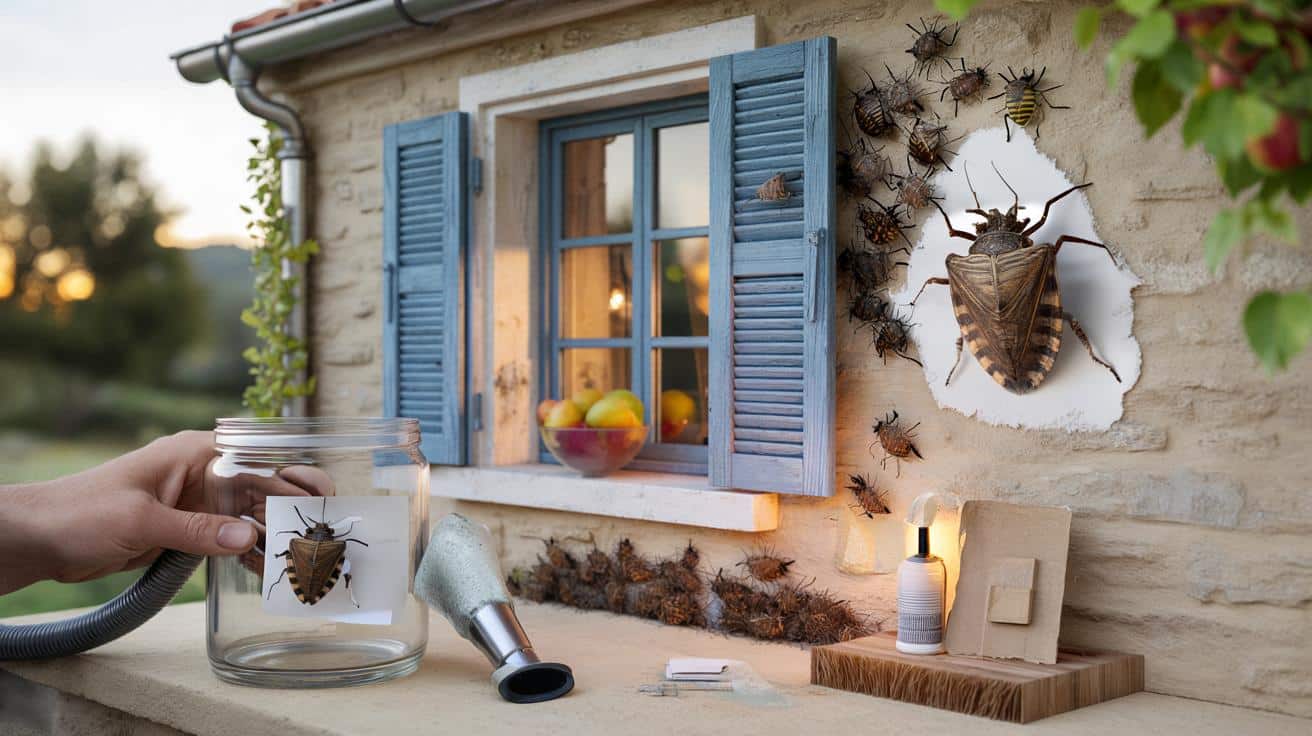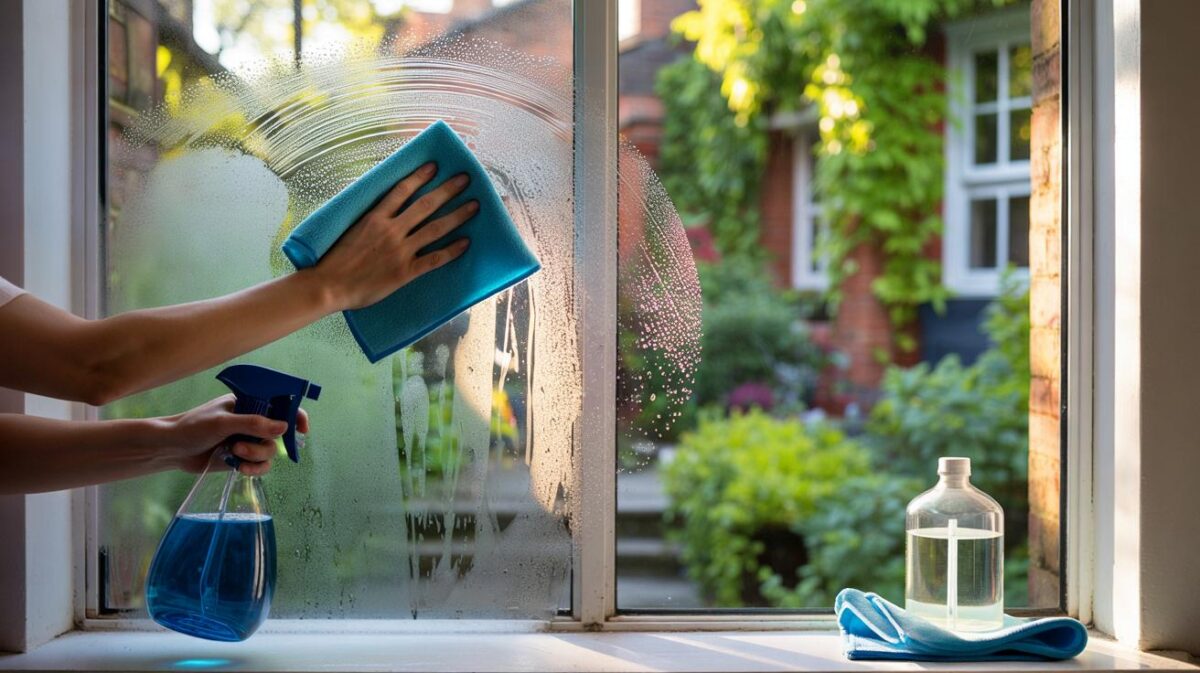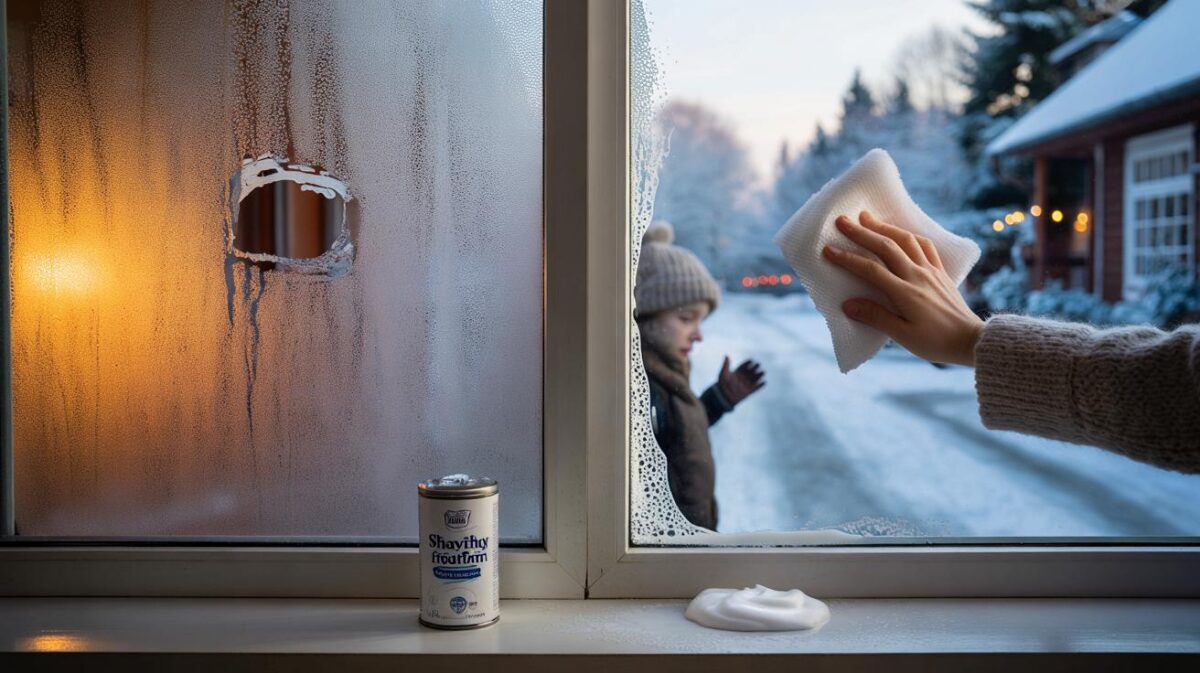Behind shutters, along sun‑warmed walls and inside window frames, clusters of brown insects gather, seeking shelter from the seasonal chill.
Who’s really moving in this autumn
The bug turning up in living rooms and lofts is the brown marmorated stink bug, Halyomorpha halys. It’s a shield‑shaped, marbled brown insect with pale bands on its antennae and a taste for warmth. First recorded in France in 2012, confirmed observations now span more than half of the country’s departments. The seasonal pattern is clear: as temperatures dip, adults hunt for dry, stable hideaways to overwinter, and buildings provide perfect gaps and microclimates.
Recorded since 2012 and now established in over half of French departments, this bug’s autumn push into homes is a predictable seasonal move.
The surge is uneven. One street can see dozens bunching on stone façades while the next house reports almost none. Differences in wall exposure, insulation gaps, rooflines, sun‑trap patios and nearby vegetation all stack the odds. South‑ and west‑facing walls warm quickly, drawing in aggregations on mild afternoons before the insects slip behind shutters, under cladding or into attic spaces at dusk.
Are they a risk to people or pets?
Short answer: no. The species does not bite people, does not transmit disease and does not feed on fabric, wood or stored food. It inserts a thin mouthpart into plants to draw sap. At high densities, it can mark fruit and reduce yield, which explains its reputation in orchards and vegetable plots. Researchers list more than 120 host plants, ranging from apple and pear to tomato, hazel and ornamental shrubs.
They do not bite, do not spread illnesses and leave homes again when spring warmth returns.
You may notice a musty odour if you crush one. That smell is a defensive secretion, not a toxin. Handle calmly and you avoid it altogether.
Why your house and not the neighbour’s
Two identical homes rarely exist. Small construction quirks make big differences to overwintering insects. Gaps around window frames, warped door seals, missing insect mesh, air‑brick openings, loose roof tiles, timber cladding with unsealed joints and attic vents all create calm, dry refuges. Exterior lighting also matters. Bright porch lamps and indoor lights near open windows can draw bugs after dusk. Nearby hedges and fruit trees provide staging posts within a short flight of walls, especially on still evenings.
They do not breed indoors during winter; they cluster, rest and wait out the cold, then head back outside once temperatures climb.
What to do at home without chemicals
Seven quick actions that work
- Use a jar and a postcard to trap individuals on walls and windows, then release them outdoors away from the house.
- Vacuum clusters gently; tie off or remove the bag, then freeze it for 24 hours before disposal with household waste.
- Seal entry points: fit brush strips to doors, add silicone around frames, and repair torn insect mesh on vents.
- Manage light: switch off porch lights when not needed and draw curtains at dusk to reduce attraction.
- Shut shutters before nightfall on mild days; you deny the warm crevices they target at sunset.
- Store fruit bowls away from open windows; ripe produce can keep bugs lingering on kitchen counters.
- Avoid crushing; you skip the odour and the mess, and you keep walls clean.
What to skip and why
Spraying indoor insecticides for wandering adults creates residue without solving the root cause: entry points. Broad‑spectrum products also hit harmless visitors and beneficial insects. Sticky tape and glue boards can catch non‑target species and leave marks. Essential oils smell pleasant, yet tests remain mixed on their deterrent effect.
Do “garlic sprays” actually help?
Home recipes circulate every autumn. Some residents swear by a mist of water mixed with garlic powder. Evidence remains anecdotal. If you want to try it on window frames or exterior sills, test a small patch first to avoid staining and repeat after rain.
| Remedy | How it’s used | What to expect |
|---|---|---|
| Garlic spray | Water + powdered or crushed garlic on sills/frames | May reduce lingering bugs; results vary; needs re‑application |
| Vacuum + freeze | Remove clusters, freeze bag, dispose | Reliable removal; avoids odour; no chemicals |
| Seal gaps | Brush strips, silicone, mesh repairs | Cuts new entries; benefits last beyond this season |
| Crushing | Shoe, tissue, or wall wipe | Releases odour; can stain; not recommended |
Why they crowd façades and shutters
On sunny afternoons, walls hold heat long after air temperatures fall. The insects use that warmth to charge their muscles, then slip into deep crevices that buffer frost and wind. Wooden shutters, stone lintels and overlapping siding offer exactly the kind of stable pocket they need to survive to spring. This behaviour explains the dramatic lines of bugs on pale render and south‑facing gables during mild spells in October and November.
Impact on gardens and farms
In low numbers, you’re unlikely to notice any damage. In heavy years, orchardists and market gardeners report dimpled, discoloured fruit and feeding punctures on tomatoes, peppers and beans. The risk rises when many adults survive winter and resume feeding early. Monitoring helps: shake branches over a tray to count numbers, check fruit near the top and edges of trees, and time netting or harvests to avoid peak activity.
Gardeners can use physical barriers on high‑value beds and remove weedy hosts near plots. Avoid blanket pesticides; you may eliminate natural predators already working on other pests. For commercial growers, thresholds and targeted strategies exist, but they sit outside what a household needs to consider.
How many should you tolerate?
A handful indoors through autumn is normal and manageable with a jar and a calm routine. Dozens drawn nightly to a single window suggest you need to seal gaps and manage lights. If you see large daytime clusters on the façade, act before dusk: brush them into a container outside and shut shutters early. These small, regular actions cut indoor numbers dramatically.
Extra context and practical pointers
Think of your home as a set of microclimates. If you face south‑west and sit near orchards or allotments, you have a higher chance of repeat visits each autumn. A 30‑minute weekend loop—check door sweeps, feel for draughts around frames, tape a temporary mesh over attic vents—often halves entries. Keep notes on where you find the first bugs each year; those locations reveal the gaps to fix in late summer.
Curious about risk in your area? Use two clues you already have: your façade orientation and vegetation nearby. If your main walls face south or west and you can see fruit trees, hazel, ivy or vegetable beds within 20 metres, assume a moderate to high chance of visits on mild evenings after a cold snap. Prepare a jar by the door, set a reminder to close shutters before sunset, and plan a sealing session on the next dry weekend. Small habits reduce stress far more than any spray.








